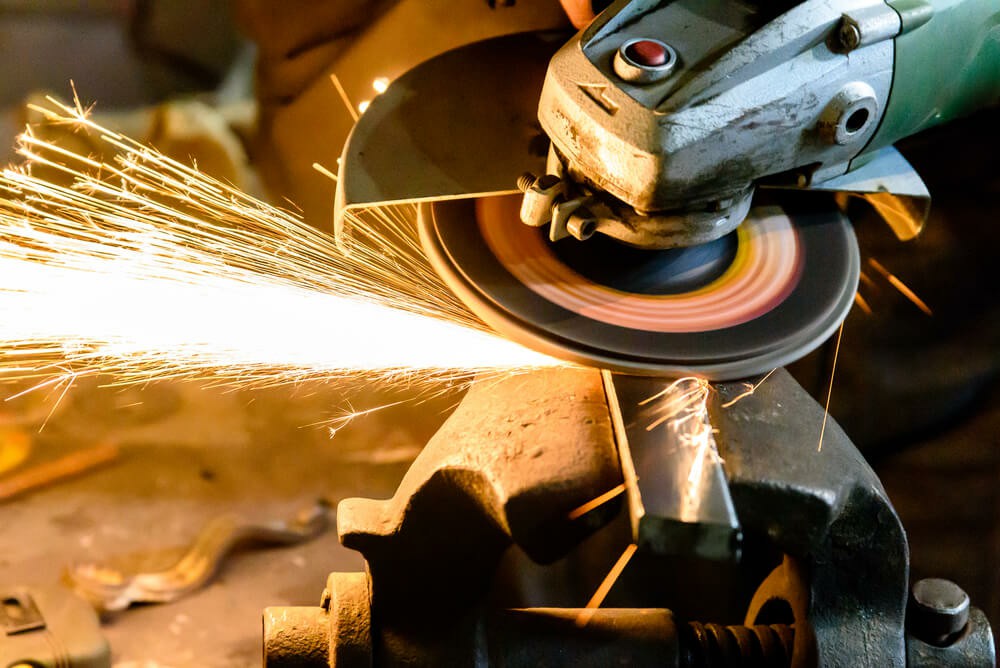


 349,500 Offered Certificates
349,500 Offered Certificates
 24/7 Online Training
24/7 Online Training
 Money Back Guarantee
Money Back Guarantee
 Fully Accredited Courses
Fully Accredited Courses

Created at: 23-02-2025 00:12
Abrasive wheels are powerful tools frequently used in various industries for cutting, grinding, and shaping materials. However, when not handled properly, they can pose serious safety risks. Understanding these dangers and implementing proper training can save lives and prevent accidents in the workplace.
The use of abrasive wheels comes with several inherent safety concerns. Here are some of the key risks that workers and employers should be aware of:
Proper training on abrasive wheels is crucial for identifying potential hazards and ensuring safe operating procedures. Here’s how training can make a difference:
Understanding the tangible benefits of training can be compelling. Here are two real-life case studies demonstrating how proper training on abrasive wheels saved lives:
In a manufacturing plant in Dublin, a worker noticed that an abrasive wheel was wobbling during a routine operation. Thanks to prior training, he immediately recognized this as a serious hazard. He turned off the machine and reported it to his supervisor, who had previously undergone an Abrasive Wheels Course. The team replaced the wheel before any injuries occurred.
In Cork, an accident was averted when a worker, equipped with safety goggles and a face shield, positioned himself correctly while preparing to use an abrasive saw. The training he received emphasized the importance of PPE; thus, when the wheel fractured, the protective gear prevented any injuries. This situation illustrated the significance of compliance with safety protocols.
To enhance safety in the workplace, here are several best practices to follow:
Understanding the safety risks associated with abrasive wheels and implementing comprehensive training programs is crucial for preventing workplace accidents. By recognizing hazards, adhering to safety protocols, and equipping employees with the right knowledge and skills, organizations can create a safer working environment. Ensure that your team is prepared by enrolling in a certified Abrasive Wheels Certification Dublin course and taking the necessary steps toward safety today!
For more information on our Abrasive Wheels Safety Course and to enroll, contact us at [email protected].